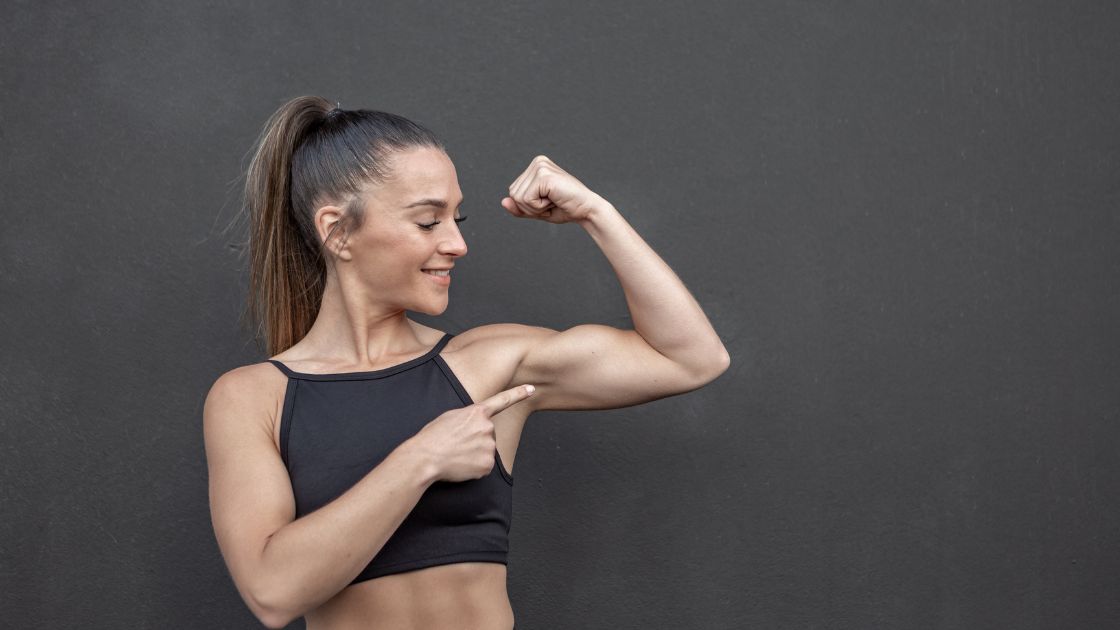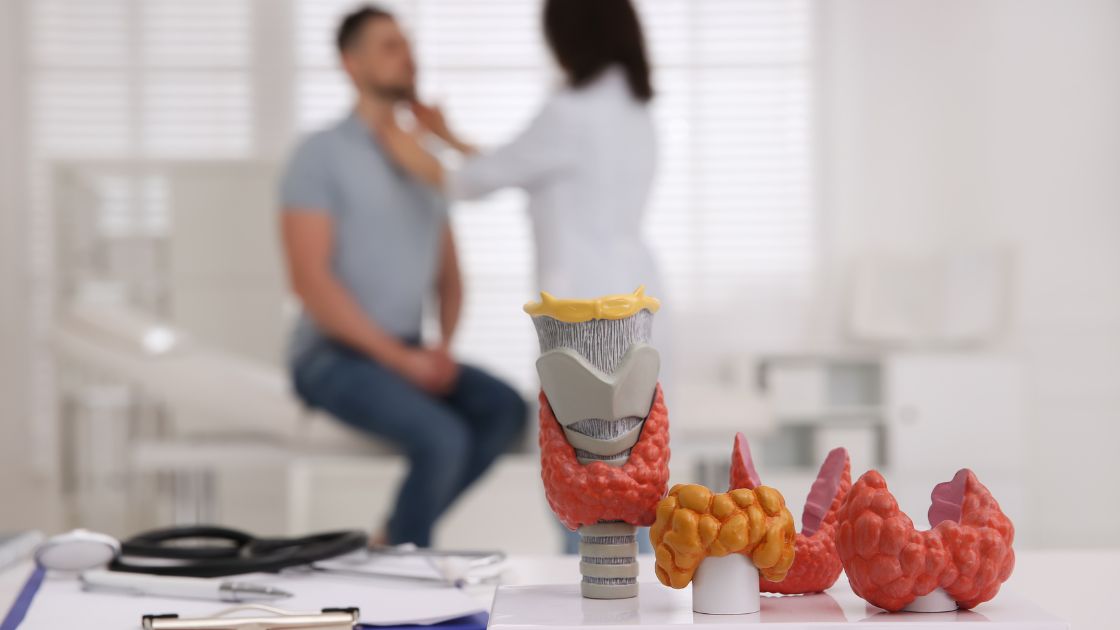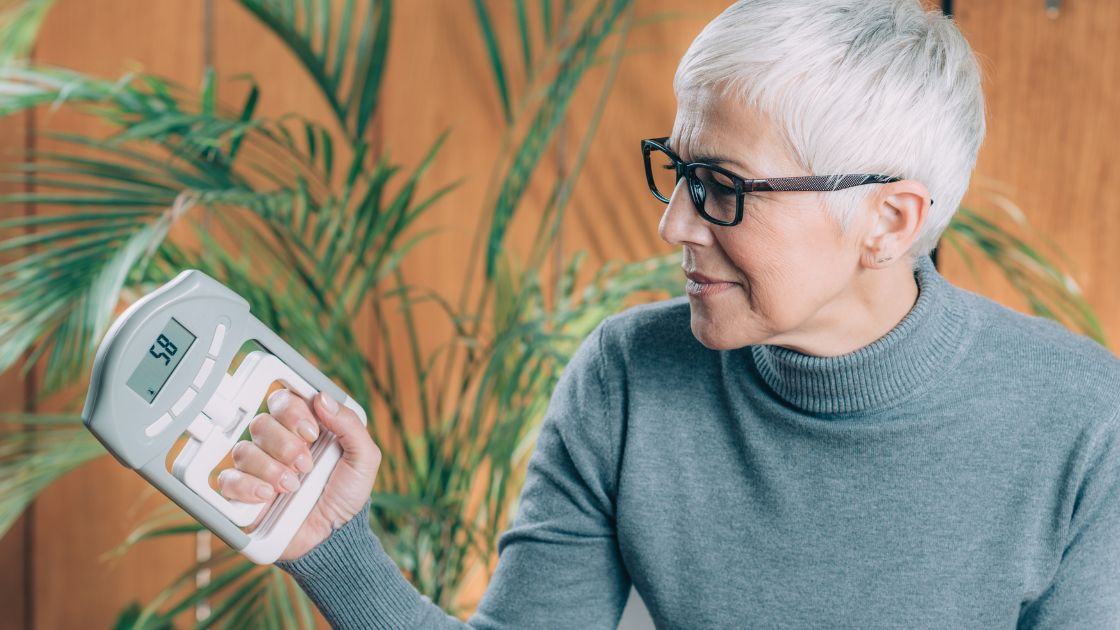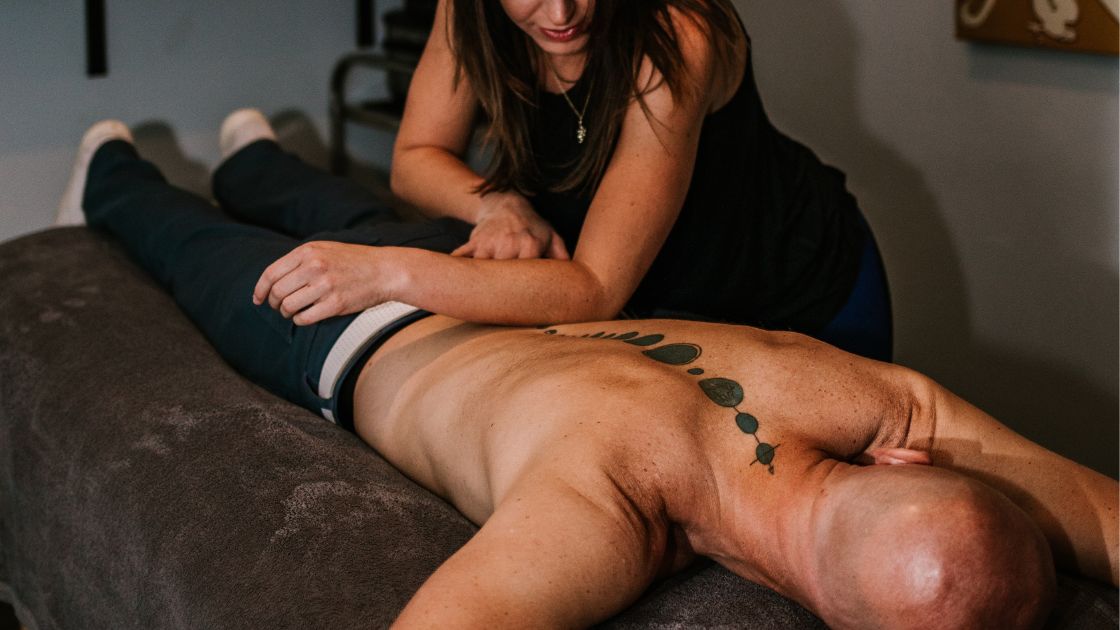Posture 101: Why Does it Matter How I Sit?

The way we position our bodies in space whether sitting or standing has a major impact on our body’s ability to perform throughout our lives. Our muscles adapt to the shapes we hold them in, especially when we sustain those shapes over years or decades. And if those postures are not ergonomic, certain muscles will become short and tight while others become long and weak.
This is an especially pertinent discussion to have now when approximately 86% of all full-time American workers sit at a desk.[1] Our bodies are not designed to sit for long periods, and yet that is what most of us do.
Imbalanced Posture Can Lead To:
- muscle adhesions and tension
- joint dysfunction
- headaches
- limited mobility
- chronic pain.
So, How Can You Start Making Small Changes Toward Better Posture?
Awareness is Key
Whenever I talk to my clients about what they can do to correct or maintain healthy posture, I always start with awareness. They must first cultivate self-awareness throughout their days, becoming conscious of how they hold their body, especially if they are a desk worker.
Does their head sink forward? Do their shoulders roll inward? Does their upper back hunch?
Posture Modification
Once this mindfulness is established, active modification should occur. Push the chin back, roll the shoulders out, and lift the chest to stack the ears over shoulders, over hips, over ankles. Every time you notice the former posture pattern, correct it. It may seem tedious, but if you persevere, it will form a habit that will serve you for the rest of your life.
How Manual Therapy Can Help To Restore Proper Posture
However, if that hunched posture has been all too familiar for many years, a few more corrective measures are necessary. Generally, the pectoral muscles in the chest will be chronically shortened and can’t be simply rolled back into their original position. Manual therapy such as massage will help soften the pectoral muscles as well as remove knots from the upper back muscles, which have been chronically, stretched.
You may have also lost some spinal mobility, in which case laying with a bolster perpendicular to your spine just at the tops of the shoulders for 10 minutes twice a day will encourage movement between the vertebrae. Chiropractic adjustments will likely be necessary in these cases as well.
Exercises to Strengthen Your Muscles
Once therapy has begun to soften the pectorals and remove the knots from your back and shoulders, you’ll need to begin to strengthen the upper back so the muscles will be able to hold the shoulders from rolling inward in the future. This will create balanced musculature between the chest and upper back, allowing for erect posture.
This YouTube video demonstrates two essential exercises for properly strengthening the upper back.
The Chin Tuck
Another fundamental exercise for postural alignment is the chin tuck or cervical retraction. For this exercise simply look forward and push the chin straight back without tilting your head. This will create the much-maligned “double chin.” Hold for 5 seconds, rest for 3, and repeat 10 times.
This will strengthen and stabilize the deep neck flexors that have been stretched from forward head posture and help keep your head upright where it belongs.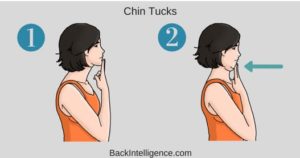
How Moyer Total Wellness Can Help You with Your Posture
Changing a lifetime of poor posture habits can seem daunting and unachievable, but every single therapist and chiropractor here at Moyer Total Wellness went to school and trained specifically to help people just like you. These are issues that millions of people are dealing with, but there are millions more equipping them for success.
As a member of our wellness community you will have access to the highest quality care, education, and support for empowering you to live a life of health and vitality.
Written by: Emily Arnold, LMT
Header Photo Credit: Tran Mau Tri Tam on Unsplash
Photo Credit: https://backintelligence.com/how-to-get-rid-of-neck-pain/
References:
[1] Ergotron. “New Survey: To Sit or Stand? Almost 70% of Full Time American Workers Hate Sitting, but They Do It All Day Every Day.” PR Newswire: Press Release Distribution, Targeting, Monitoring and Marketing, 29 June 2018, www.prnewswire.com/news-releases/new-survey-to-sit-or-stand-almost-70-of-full-time-american-workers-hate-sitting-but-they-do-it-all-day-every-day-215804771.html.

